A British scientist has discovered four paper sheets that were originally a part of the Voynich Manuscript. This exciting find might finally lead to a reliable dating of the mysterious book.
Everybody in the Voynich Manuscript community knows Dr. Derek Gromegubbler.
Derek is not only the author of the award-winning paper Proto-Suebian Influences to the Voynich Manuscript Grammar, one of the few linguistic solution approaches even Nick Pelling accepts, but also gave an inspiring talk titled Transgressing the Boundaries: Towards a Transformative Hermeneutics of Quokeedy Qokedy at the Voynich 102 symposium in 2014. In his day job, Derek works as a lawyer at the Mary D’Imperio Foundation in Newbold, Kent.
What Derek has achieved now is by no doubt the most important success in Voynich Manuscript research since this document has been rediscovered in 1912.
It has always been known that some of the pages of the Voynich Manuscript are missing. A possible explanatiion for this is that Edward Kelley, who owned the book in the 16th century, sent a few pages to his friend Michel de Nostredame, better known as Nostradamus, to ask him if he could make sense of the seemingly unreadable text an the strange illustrations. As copy machines were not yet available at that time, he might have sent him originals, which he never received back.
Derek Gromegubbler has been obsessed with finding the missing manuscript pages for years. Among other things, he visited the Nostradamus Archive in Avignon, France several times, but to no avail. Only when he checked the city archive of Orange, France in May 2018, he finally found what he was looking for: four pages with Voynichese writing and typical Voynich-style drawings. A handwriting analysis and a radiocarbon dating confirmed that the material was genuine. It appears that thanks too Derek four centuries after Kelley tore out a number of pages from it, the Voynich Manuscript is now complete again. Meanwhile, the Orange city archive has sold the four additional sheets to the Beneicke Library, who owns the manuscript.
In a few days, Derek’s report on his sensational find will be published in the renowned magazine Science. As I am a really good friend of his, Derek gave me permission to introduce the four newly discovered pages on my blog. I’m really proud to announce that the article you are now reading is the first one to publicly announce Derek’s outstanding discovery.
Page #1
The first page scan Derek provided me shows a kind of crane:
In my view, this page is a sensation in it’s own right, as it contains the first known picture in the Voynich manuscript showing a technical device.
Page #2
The second newly discovered sheet is a little less spectacular:
I don’t know what the object depicted here is supposed to be. Perhaps, a reader can help.
Page #3
On the next page, an exciting illustration can be seen:
The red object shown here might have a medical background. My guess it that it is a virus that caused a worldwide pandemic in the time when the page was created. If so, this picture might help to date the manuscript. Historians certainly know when virus infections plagued humanity to such an extent that artists couldn’t help painting them.
Page #4
The fourth newly discovered manuscript page again shows a technical device:
This drawing is certainly surprising, as it seems to depict a technology that was not yet in widespread use five centuries ago. On the other hand, this illustration might be extremely helpful for dating the manuscript. Technology historians might be able to say when this kind of automotive device was in use in the late Middle Ages, which could allow for conclusions about the time when the artist created this picture. However, we should not be too optimistic. As we all know that the Voynich Manuscript contains some 130 pictures of non-existing plants, it is well possible that the machines depicted in it never existed, either.
I’m sure that Derek’s find will inspire numerous new fascinating research works in the years to come. Perhaps, it will even be possible to decipher this mysterious document based on the new evidence.
Follow @KlausSchmeh
Further reading: My appearance in a new Hollywood movie
Linkedin: https://www.linkedin.com/groups/13501820
Facebook: https://www.facebook.com/groups/763282653806483/

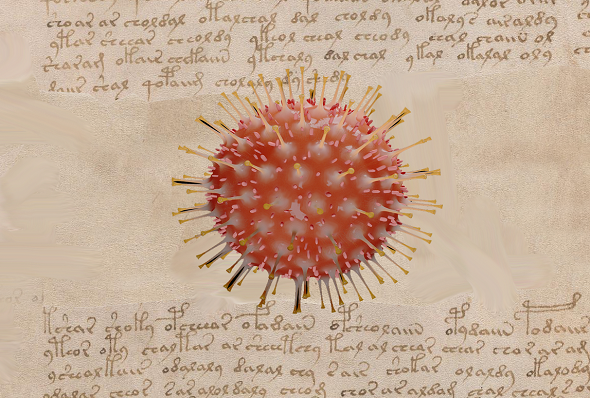

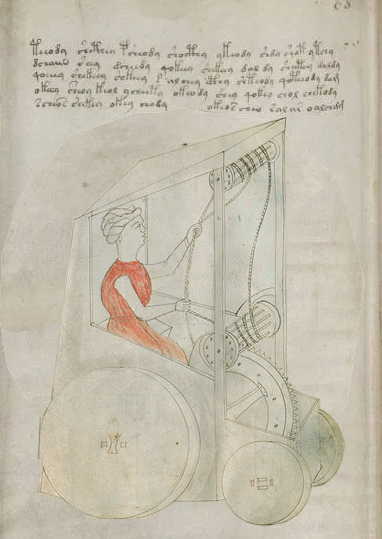
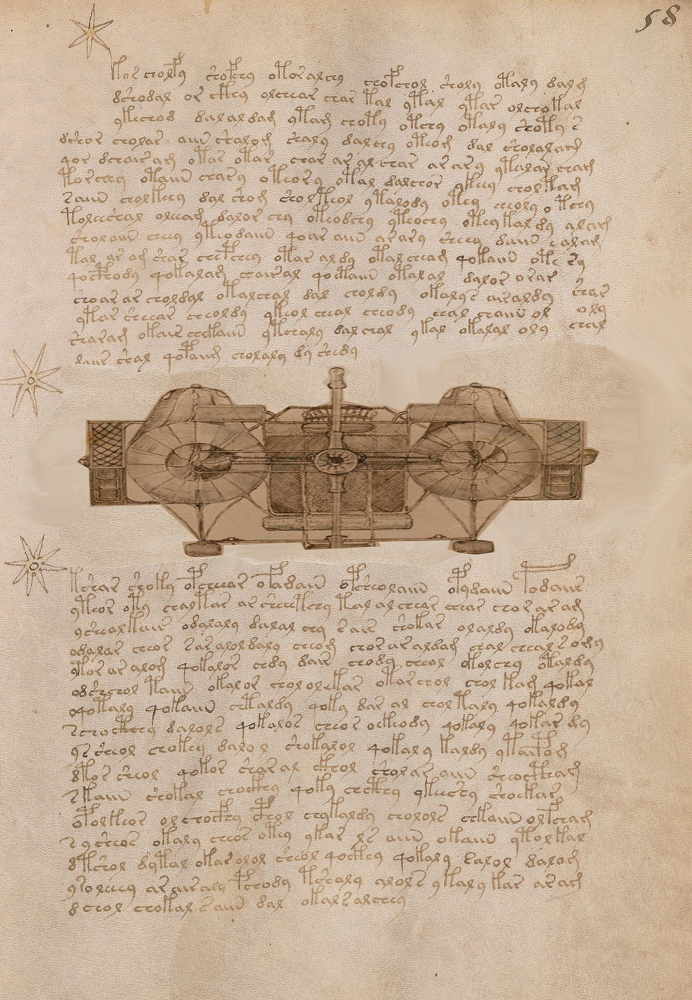
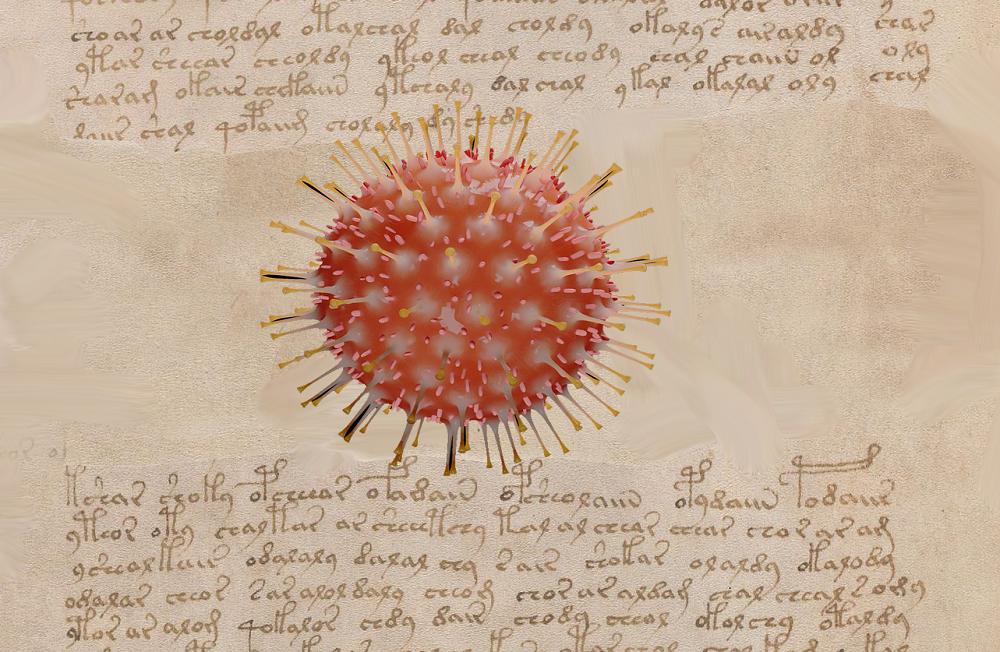
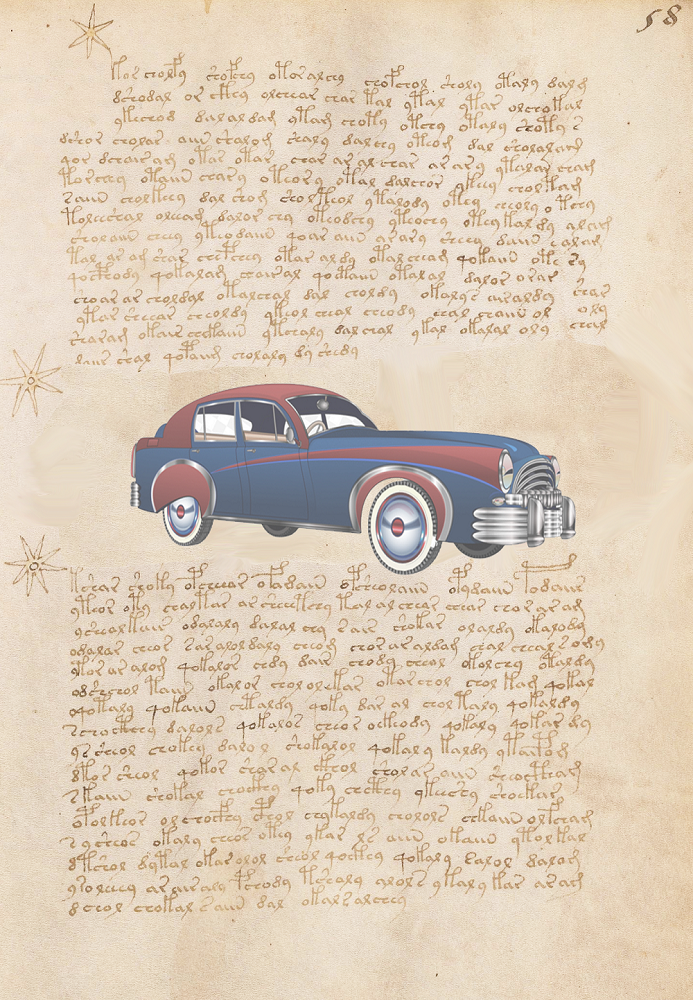

Kommentare (16)